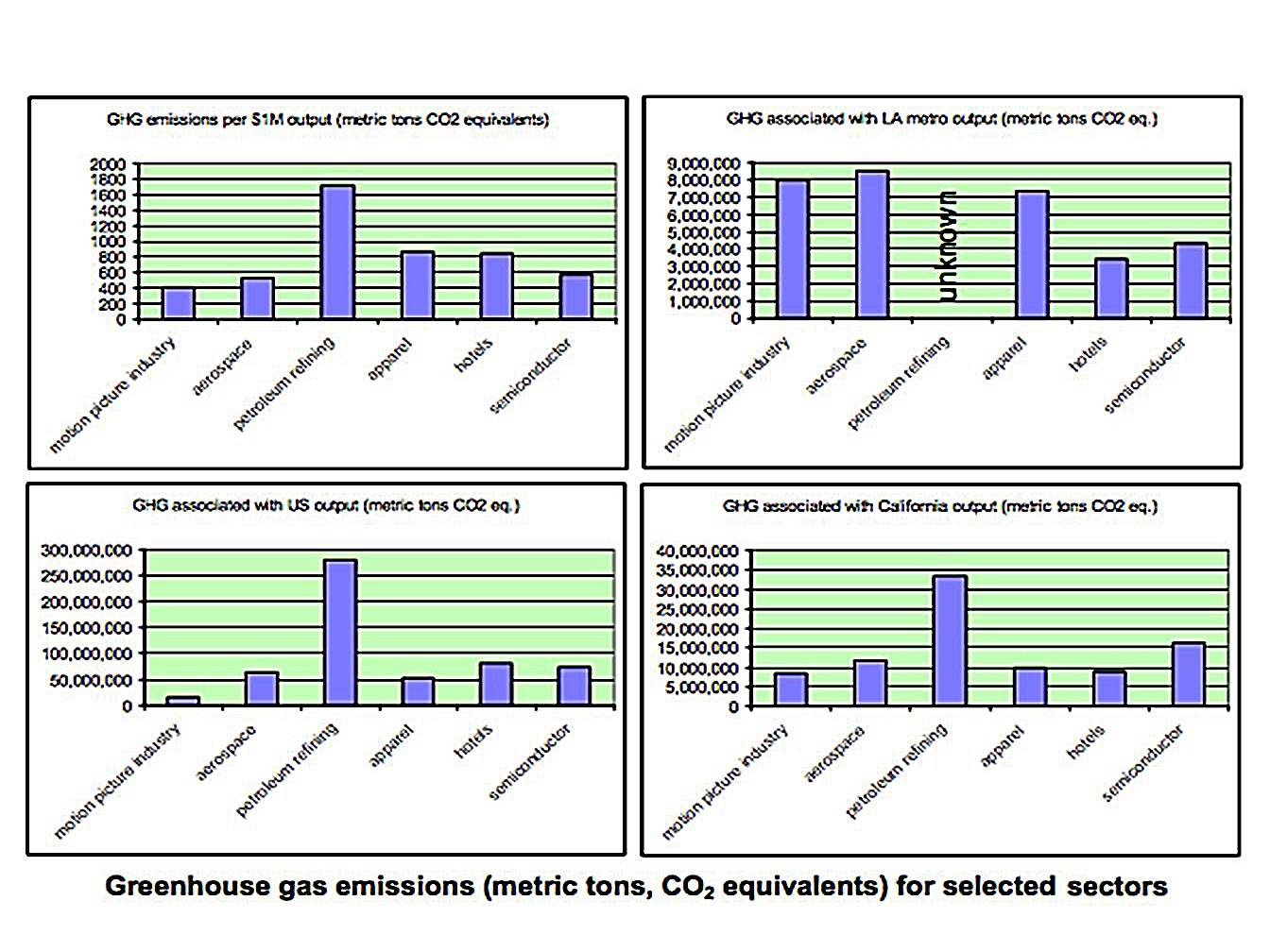Steel, coal and auto industries have been taking the maximum flak for their negative impact on the environment. When data on the film industry came out recently, not many were willing to believe how it was nearly equal to the others in spewing carbon into the atmosphere.
Siddharth Nakai is leading the film industry’s green movement in India. He launched GAME, a first-of-its kind consulting body to influence the shift to responsible film industry. Edited excerpts of his journey which he shared with SustainabilityNext
Filmmaking was always very close to my heart. During my graduation I had enrolled for film production. During one of the class projects we ventured into the forest close to our campus to shoot a short film. Our professor had narrated an incident, which stayed with me for a long time. He said while he was shooting in a forest he saw a cinematographer setting up the shot. He also saw the director viewing the frame through the view-finder. He instructed the assistant to cut the branch which was taking a certain portion of the desired frame he had in mind. I wondered how someone could be so insensitive. This triggered a spark in me. I had an innate curiosity to study the environmental impact film production had on the environment and how we could minimize its negative impact.
During my internship, I experienced something very similar. I felt this is something that needs to be spoken about. There was hardly any literature available on this subject especially in and on India.
UCLA Study on Motion Picture Industry
I came across this fascinating research undertaken by UCLA’s Institute of the Environment titled ‘Sustainability of the motion picture industry’ in 2006. It was an intensive two- year long study. The objective of the study was to identify existing environmental best practices within the industry, based on interviews and case studies and develop a “green production guide” based on those practices. It showed the need to organize forums for disseminate findings to the motion picture industry. The focus was on the production side of the industry, not on distribution or on content. The “motion picture industry” includes film and television production.
The study used an input-output life cycle assessment in the southern California. It tried to compare the carbon emissions from motion picture industry vis-à-vis other industries like petroleum, semi-conductor, apparel, hotels, aerospace and automobile.
By the sheer size of its operations, the motion picture industry emerged as a significant contributor to air pollution, greenhouse gas emissions, and energy consumption in the Los Angeles Area. An important take-away from this study was that it broke the myth that motion picture industry is non-polluting.
We have to look at all sectors holistically. Film making is like manufacturing activity. It results in a lot of fuel use, electricity consumption, manpower; raw materials (camera, film processing machines) and gives us tangible output in the form of a movie.
This piece of research encouraged me to undertake a similar study in India but on a smaller scale. I visited various production sets and measured their carbon emissions per day of shoot using carbon calculators.
Study About the Indian Film Sector
By now, I had my facts. With emotional and academic motivation I decided to pursue this and get to the bottom of the matter. I realized that there were hardly any rules, regulations pertaining to entertainment industry in India, especially the film industry. In fact, the Indian motion picture industry got the industry status only in 2001.
I visited three production sets, one a feature film, a soap opera and a corporate /ad film, where in I tried to measure emissions every day.
Following table shows the C02 emissions per day of shoot
| Production Category | Co2 Emissions in tons |
| Soap Opera | 1.7 |
| Mainstream Feature Film | 1.6 |
| Corporate film / Ad film | 0.4 |
The major reason for emissions from television production being higher than the rest as in this particular case was its duration as the shoot lasted for almost twelve-fourteen hours while the other productions were wrapped up within eight hours.
Usually the location for a soap opera remains more or less confined to a studio. But with motion pictures there are many outdoor shoots which require a lot of travelling. A lot of parameters like hotels and housing were also not taken into account.
An entire day’s shoot within the confines of a studio could emit 144 metric tons of CO2 based on a pilot study. This excludes emissions from transportation and hotels and housing. This figure does not take into account the carbon footprint of the entire film, as it excludes pre- production, post production, marketing and distribution.
In 2012, the total films certified by the censor board was 1602.If you count all of them we have 2,30,688 metric tons of CO2. India also produces films in many regional dialects. If we take into account the number of commercials that are shot by brands and also the event industry that is growing exponentially, then we are talking of big numbers.
Future Forests
Future Forests, now known as Carbon Neutral, is a consulting firm, offsets the CO2 emissions of companies and individuals, by planting forests or enough for them to become completely carbon neutral, or by investing in climate-friendly technology. It estimated that for the making of ‘The Day After Tomorrow,’ the film generated 10,000 tons of CO2. One major reason for such large emissions is due to large-scale use of special effects. It also gives us an idea that the Hollywood’s massive carbon footprint.
The Indian Industry professionals through their interviews acknowledged the fact that film Industry is producing a lot of waste and consequently harming the environment in one form or the other. Everyone pointed out to the fact that unless there is laws regulations and incentives from the government the situation would be hard to correct.
Zee Entertainment Enterprises decided to take the lead. It is currently working as a sustainability consultant to greening different shows of ZEE across India.
Our study provided a comprehensive framework for implementation of eco-friendly film production practices in India. This study was widely acclaimed at three international conferences.
- ‘FILM AND MEDIA 2011’ held at Institute of Education, University of London.
- ICCFMS 2011 held at Paris, organized by World Academy of Science Engineering and Technology.
- The Changing face of Indian Cinema: Held at University of Westminster, London.
- Member of Sustainable Event Alliance
Siddharth Nakai is an entrepreneur, film enthusiast and a crusader for environment. Is currently a Sustainability Consultant to Zee Entertainment Enterprises Limited. He was invited and trained by Former US Vice-President and Climate Activist Al Gore for the Climate Reality Project. He is also an Indian Green Building Council Accredited Professional (IGBC AP).
https://www.facebook.com/BeTheGAME
http://www.gameinitiative.org/










